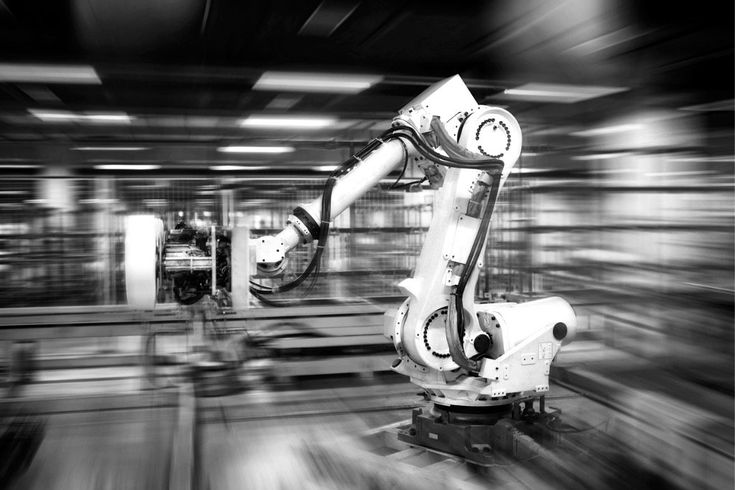The traditional media landscape was once a fortress, guarded by gatekeepers—record labels, film studios, publishers, and television networks. For centuries, artists, musicians, writers, and filmmakers relied on these powerful institutions to reach an audience and make a living. Today, a seismic shift is underway. Thanks to a convergence of powerful digital tools and platforms, individuals can now bypass the gatekeepers and connect directly with their audience, building businesses and careers on their own terms. This revolution is known as the Creator Economy, and its growth is nothing short of explosive. This article will delve into the profound digital transformation driving this new era, exploring the core technologies that empower creators, the innovative business models they are pioneering, and the significant challenges that must be addressed to ensure its long-term sustainability.
At its heart, the Creator Economy is an ecosystem where a single creator, or a small team, can monetize their talent and passion on a massive scale. It’s a world where a vlogger with a smartphone can build a global media empire, a writer can bypass a publisher to sell their work directly to readers, and a musician can earn a living from a loyal fan base without a record deal. This transformation is fueled by a new generation of digital tools that have democratized the means of production, distribution, and, most importantly, monetization. The focus has shifted from creating content for a platform to building a community around a creator, turning followers into customers and fans into investors.
A. The Digital Pillars of the Creator Economy
The Creator Economy is built on a foundation of technological innovations that have made it possible for anyone to become a media company.
A. Democratized Content Creation and Editing Tools: The barrier to entry for content creation has been dismantled. High-quality cameras, microphones, and editing software, once prohibitively expensive and complex, are now affordable and accessible. A smartphone can shoot and edit 4K video, while free or low-cost software like Canva and DaVinci Resolve provide professional-level capabilities to a novice. This has made it possible for anyone with an idea and a willingness to learn to produce high-quality content that can compete with corporate media.
B. Direct-to-Audience Distribution Platforms: The days of relying on traditional media outlets for distribution are over. Platforms like YouTube, TikTok, and Instagram provide creators with a global stage and a direct line to billions of potential viewers. For writers, platforms like Substack and Medium offer a way to publish and monetize their work without a publisher. Musicians can use services like Bandcamp or SoundCloud to share their music and connect with fans directly. These platforms act as powerful engines for discovery, allowing creators to find and grow their audience organically.
C. Disruptive Monetization Models: The most significant change in the Creator Economy is how creators earn a living. The old model of a few, large revenue streams (advertising, merchandise) has been replaced by a diverse and robust ecosystem of monetization options.
- Subscription and Membership Models: Platforms like Patreon and Substack allow creators to build a sustainable business by offering exclusive content, community access, and other perks to paying subscribers. This creates a predictable and reliable revenue stream, freeing creators from the unpredictable nature of ad revenue.
- Direct Commerce and Crowdfunding: Creators can now sell products and services directly to their audience without a middleman. E-commerce platforms like Shopify have made it easy for creators to sell their own merchandise, while crowdfunding sites like Kickstarter and Indiegogo allow creators to fund ambitious projects with the support of their fans.
- Tokenization and Digital Assets (NFTs): The rise of NFTs (Non-Fungible Tokens) has opened up a new frontier for monetization. Creators can now sell unique digital assets—from art and music to exclusive videos—to their fans, giving them true digital ownership. This not only creates a new revenue stream but also fosters a deeper sense of community and investment from the audience.
B. The Benefits of This Transformation
The digital transformation of the Creator Economy offers profound advantages for both creators and consumers, reshaping the creative landscape in a more equitable way.
A. Empowering Creative Independence: Creators are no longer beholden to the whims of corporate gatekeepers. They have full creative control over their work and can build a career based on their unique vision and authenticity. This freedom allows them to explore niche topics, experiment with new formats, and build a brand that is a true reflection of their personality. The direct connection to their audience also provides instant feedback, allowing them to refine their work and build a stronger community.
B. Fostering a More Diverse Creative Landscape: The traditional media industry has historically been dominated by a select few voices and perspectives. The Creator Economy has leveled the playing field, giving a platform to creators from all backgrounds, locations, and walks of life. The result is a more diverse and vibrant cultural landscape, where content is not dictated by a corporate board but by the passions of millions of individuals.
C. Building Deeper Audience Connections: The relationship between a creator and their audience is no longer one-way. Platforms allow for direct engagement through comments, live streams, and community forums. This creates a powerful feedback loop that allows creators to build a loyal and engaged community. This direct connection also fosters a sense of authenticity and trust, which is a powerful asset in the digital world.
C. The Challenges and Future of the Creator Economy
While the Creator Economy’s growth is promising, it faces significant challenges that must be addressed for it to truly mature.
A. Platform Dependence and Algorithmic Volatility: Many creators build their business on a single platform. This makes them vulnerable to changes in that platform’s algorithm or business model. A simple algorithm change can dramatically reduce a creator’s reach and, by extension, their income. This dependence on centralized platforms is a major risk and a key challenge for the future of the Creator Economy.
B. Mental Health and Burnout: The constant pressure to produce content, grow a following, and stay relevant can take a significant toll on a creator’s mental health. The “always-on” nature of the Creator Economy can lead to burnout, anxiety, and a feeling of being a slave to the algorithm. Addressing mental health and promoting a healthier work-life balance is a critical challenge for the entire ecosystem.

C. Monetization and Financial Instability: While the monetization options are numerous, financial instability remains a major issue for many creators. The vast majority of creators earn very little, and only a small fraction of “superstars” earn a livable wage. The reliance on ad revenue, which can be volatile, and the difficulty of converting followers into paying customers make financial planning a major challenge.
D. The Need for a Decentralized Infrastructure: To truly realize its potential, the Creator Economy needs to move beyond its dependence on centralized platforms. The move towards a decentralized infrastructure, powered by technologies like Web3 and blockchain, promises to give creators true ownership of their audience and their digital assets. This would allow them to take their community and their content with them, regardless of which platform they use.
In conclusion, the Creator Economy is a testament to the power of digital transformation to democratize an industry. By lowering the barriers to entry and providing new ways to monetize talent, it has empowered a new generation of creative professionals to build a career on their own terms. While the road ahead is filled with challenges related to platform dependence, mental health, and financial instability, the push towards a decentralized, creator-owned ecosystem holds the promise of a more resilient and equitable future. The digital transformation of the Creator Economy is not just changing how we create, but how we live and work.













